Safety, you’d better go prepared
Avalanches make no distinction between experts and beginners, and when something happens, what matters is clarity of mind, the ability to communicate, and the ability to act quickly as a team
- Author: Andrea Bormida
- Photographer: Giovanni DanieliRiccardo De Conti
To put it bluntly, there’s no such thing as total safety out on the mountain. Believing you’re safe out there is misguided at best. But what you can do is prepare, train and be fully equipped, which makes all the difference when things go south. For many who are just entering the skimo orbit, the word ‘safety’ sounds complicated, technical and acts almost as a deterrent. The idea of adding new tools like a transceiver, probe and shovel, alongside your setup, and maybe even take a course...well that’s put quite a few people off. But the truth is, you really don’t have a choice whether or not to take a self-rescue kit. It’s an integral part of ski touring, as well as a legal requirement. And it’s not enough just to shove it in your backpack; you need to know how to use it well, practice, and stay up to date. They’re not complicated tools, but here more than anywhere else you’ll find each one has features designed to make a small difference. There’s a variety of equipment available on the market, and it’s important for everyone to get to know their gear, as every second counts in an emergency. Avalanches don’t distinguish between experts and beginners; when something happens, you need to be clear-headed, able to communicate, and act as a team, fast.
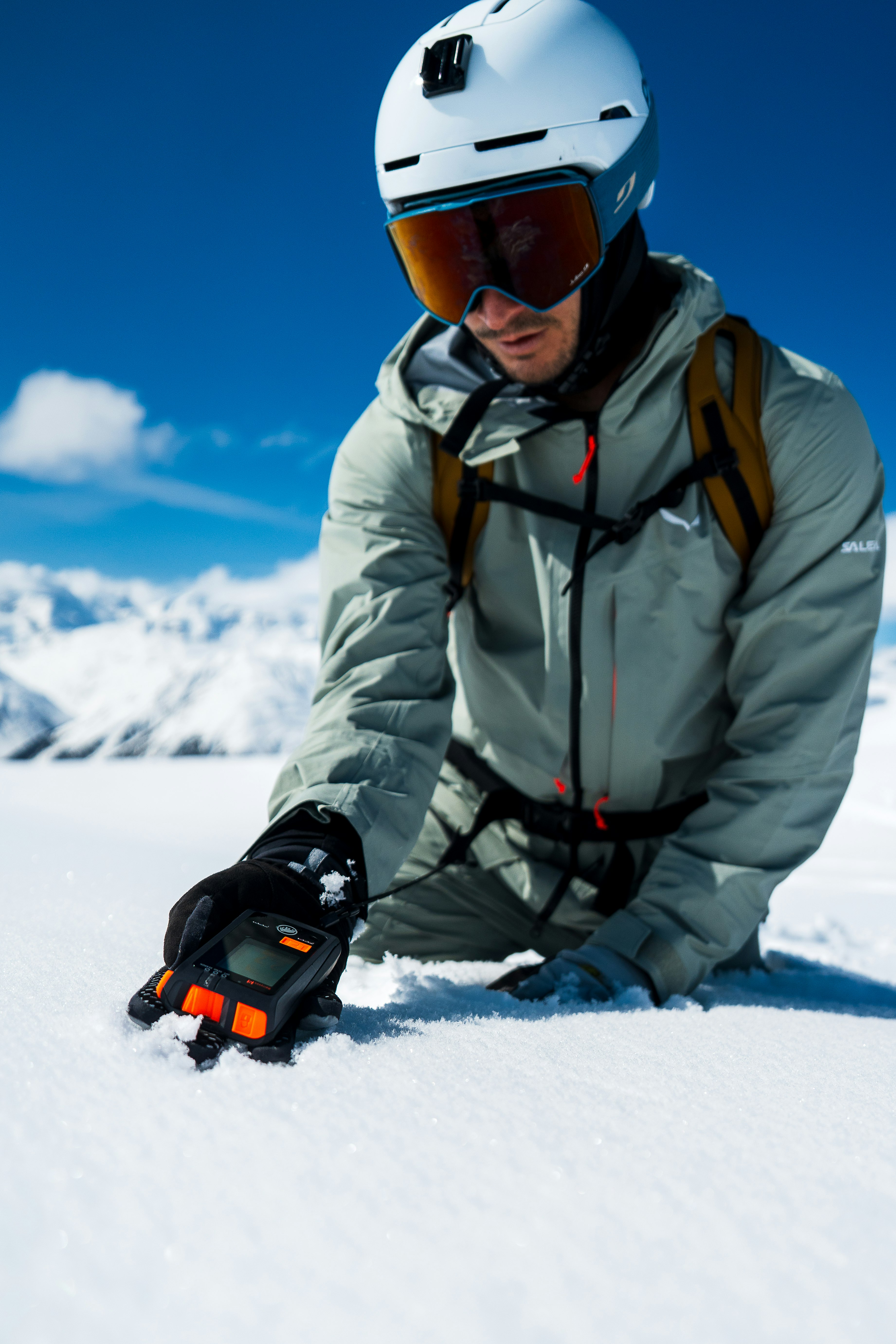
Transceiver, opt for simple, yet effective
These days most avalanche transceivers are digital, with three antennae, and extremely accurate. You don’t need the most expensive model, but one that’s reliable and updatable, with a marking function in case of multiple burials, a group test feature, and buttons you can use while wearing gloves. Ideally the screen should be visible with polarized sunglasses, and you should carry it in a sturdy chest harness with a long enough cord for you to be able to use it while searching. Very important: do not keep it near a cell phone, GPS, watch, GoPro, or any other device. During the search phase, keep it 50 cm away from any other electronic gadgets. Oh, and if the battery level is under 60%, that’s no good. It needs energy, especially in the search phase, so don’t take risks with flat batteries. Make sure your batteries are well charged. Remove them at the end of the season and put new ones in when the first snow arrives.
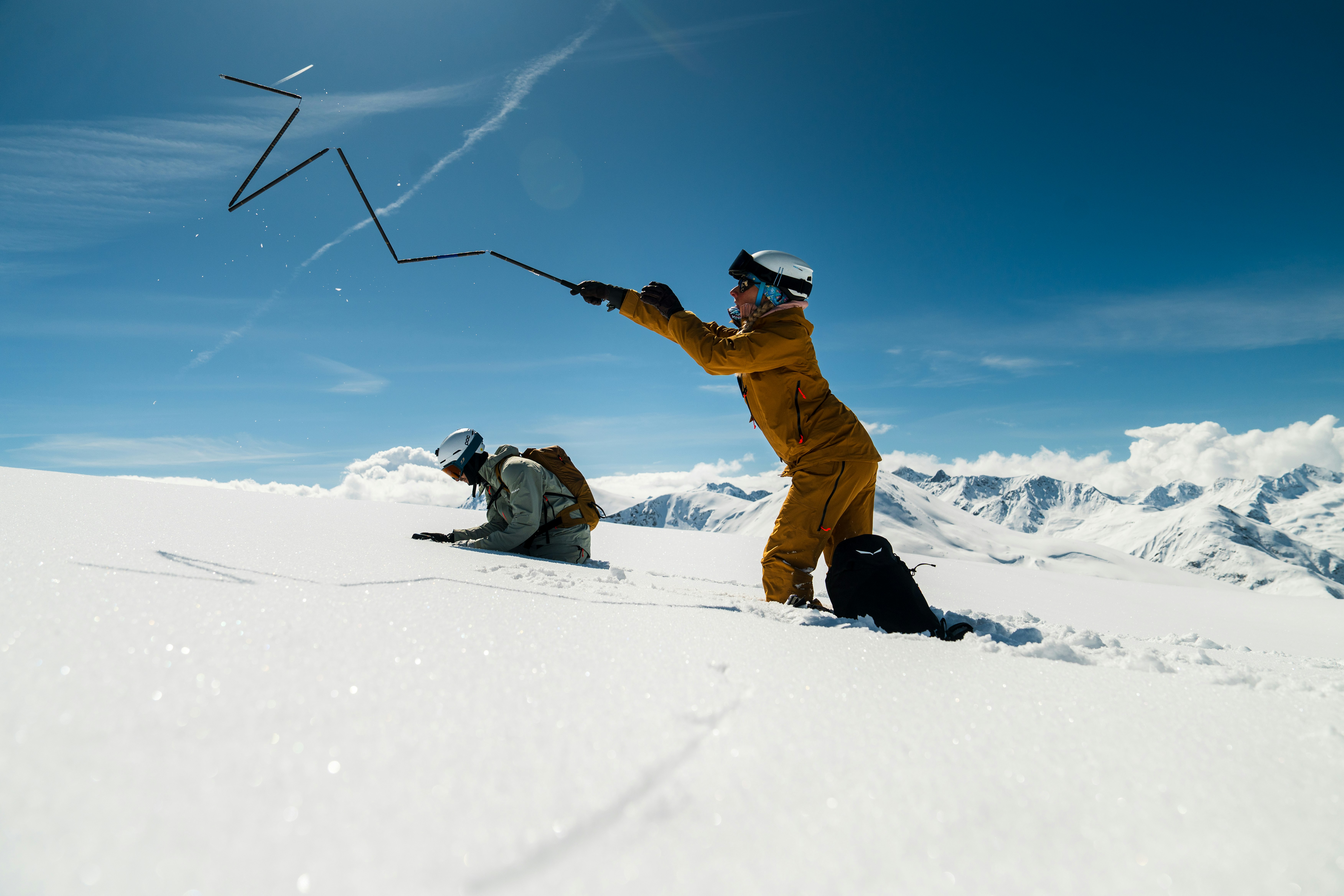
Probe, solid not ultralight
For tours, you’re better off with a robust probe than an ultralight race model. It needs to be long (at least 2.40 m), quick to assemble with a secure lock, have a metal or Kevlar cord and a cone-shaped tip to understand what exactly you’re touching.
There are also hi-tech models like the Pieps iProbe II, which communicates with your transceiver and signals with sounds and lights when you’re near a burial victim. These may be useful features, but the most important thing is to have a solid, reliable model and above all to practice using it, as figuring out what you’ve come across with the tip of a probe is harder than it sounds.
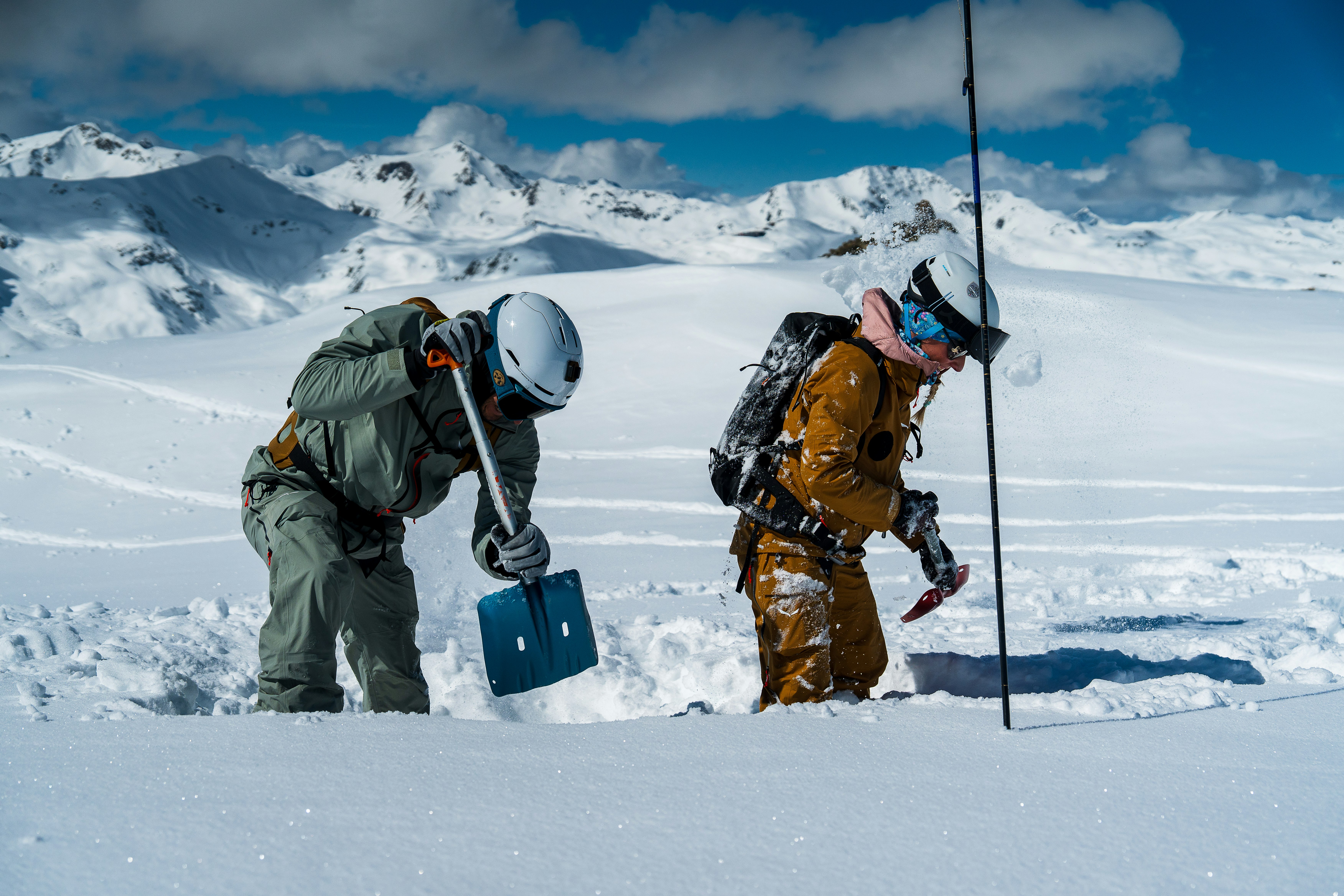
Shovel, weight where it counts
Here too, don’t bother with a lightweight race model. Competitions are held in places where avalanches are unlikely, and in any cases there are dozens of rescuers on hand close to the athletes. A shovel needs to be reliable, robust, quick, and easy to assemble even while wearing gloves, with a sharp, wide blade for cutting compact snow. A hoe configuration is also handy. Another important aspect is the shaft; ideally it should be telescopic with a rigid shape and an ergonomic handle. A good shovel is also useful for digging caves, building kickers and testing the snow.
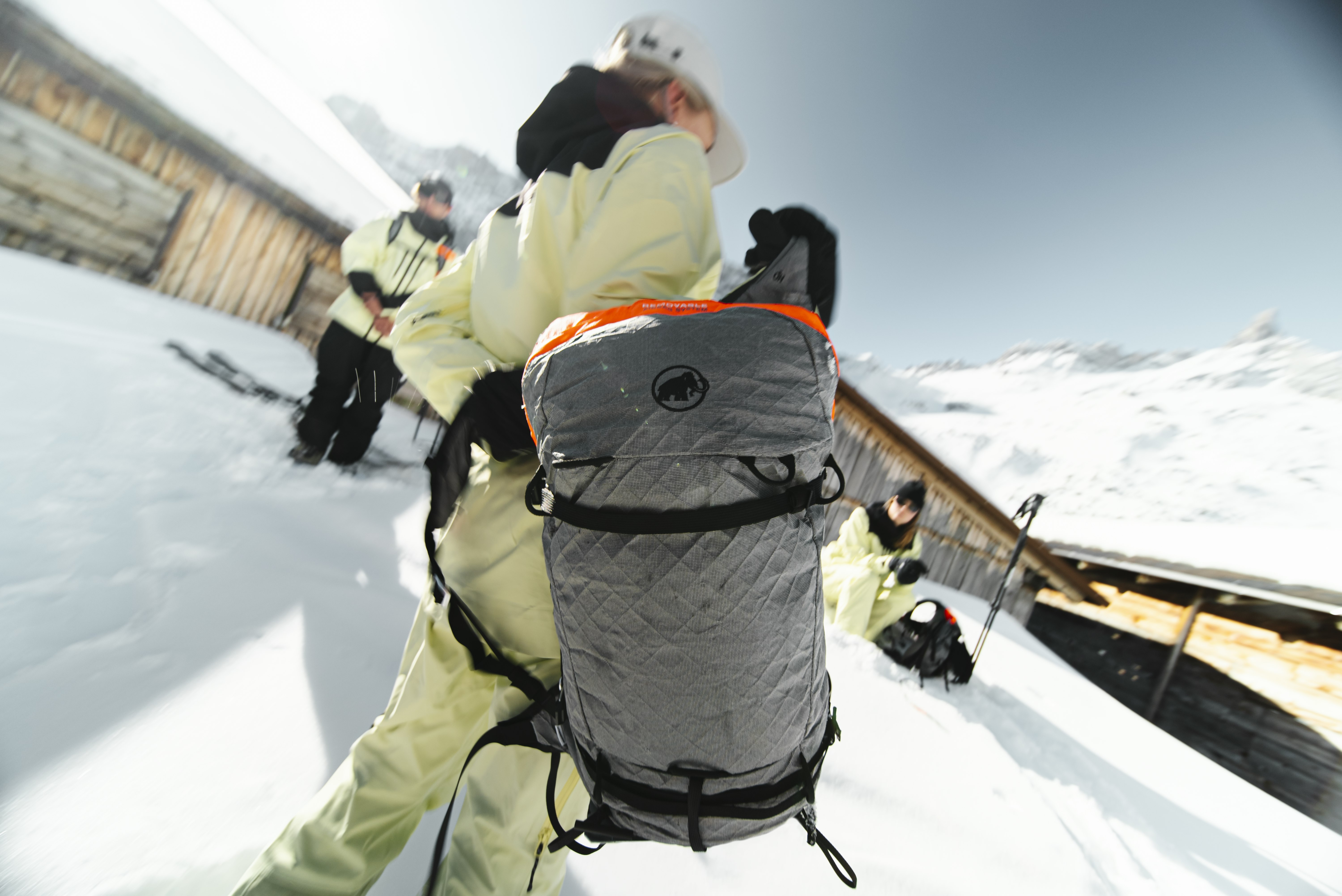
Airbag backpack, electric or canister?
The real choice these days is between traditional canister models, and electric versions with fan. Basically, the former use compressed gas to inflate the airbag, while the latter use a fan charged by batteries or supercapacitor, which are often lighter, USB rechargeable, and reusable. So, which to go for? There are a few factors to consider, but electric packs are having a moment right now. On the plus side they can inflate multiple times (for training purposes, in case of a second avalanche, as a precautionary measure at dangerous sections) and can easily be taken on a plane. Regulations vary between Europe and the USA, but generally speaking the only limitations on electric models regard lithium ion batteries of up to 100 Wh, which in the US must be boarded in the cabin, and cannot be carried in the hold (international IATA regulations on the other hand do not impose restrictions). As for the canister system, in the US only empty canisters without an explosive charge can be transported by air, while IATA again imposes no restrictions, though it’s at the discretion of the airline whether to accept them, unlike with lithium ion batteries. You also need to consider how to refill or change the canister, which is relatively easy where compressed air is concerned (there are a number of retailers; scuba diving shops can also offer this service), and a little more complicated with other types of gas. Alpride canisters are single use, while Ortovox Avabag cartridges can be refilled at a store or by the manufacturer. The most recent electric models have solved the problem of reduced battery life in cold temperatures, and thanks to supercapacitors can be deployed multiple times.
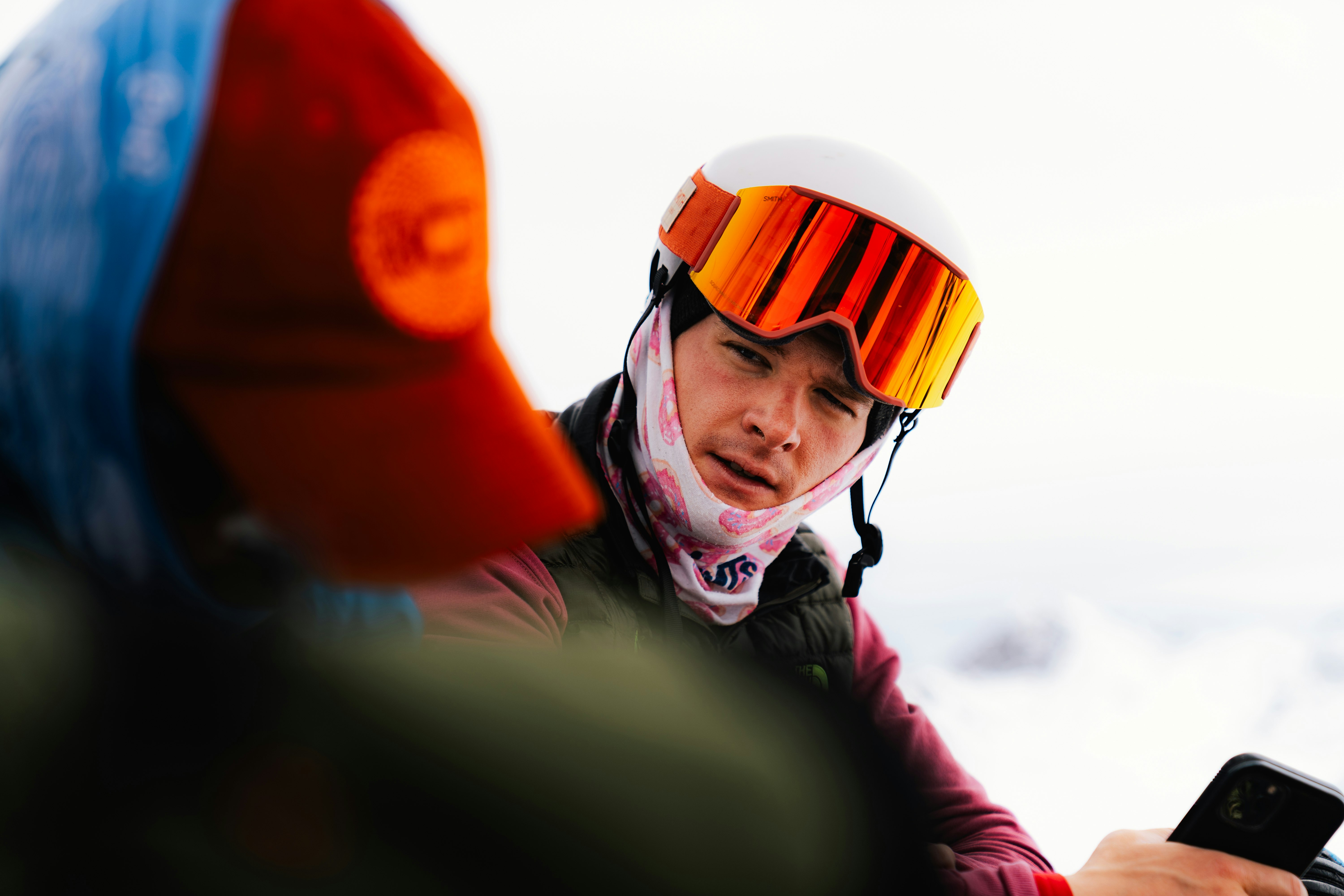
Helmet: single, double, or triple certification?
For a few years now, the CE EN 12492 certification for mountaineering has no longer been enough; the CE EN 1077, used for ski helmets, is also required. This year, the trend of products featuring a third certification for cycling continues, allowing them to be used as a single helmet all year round: increasingly lightweight and well-ventilated, though with some weight limitations for purely mountaineering use.
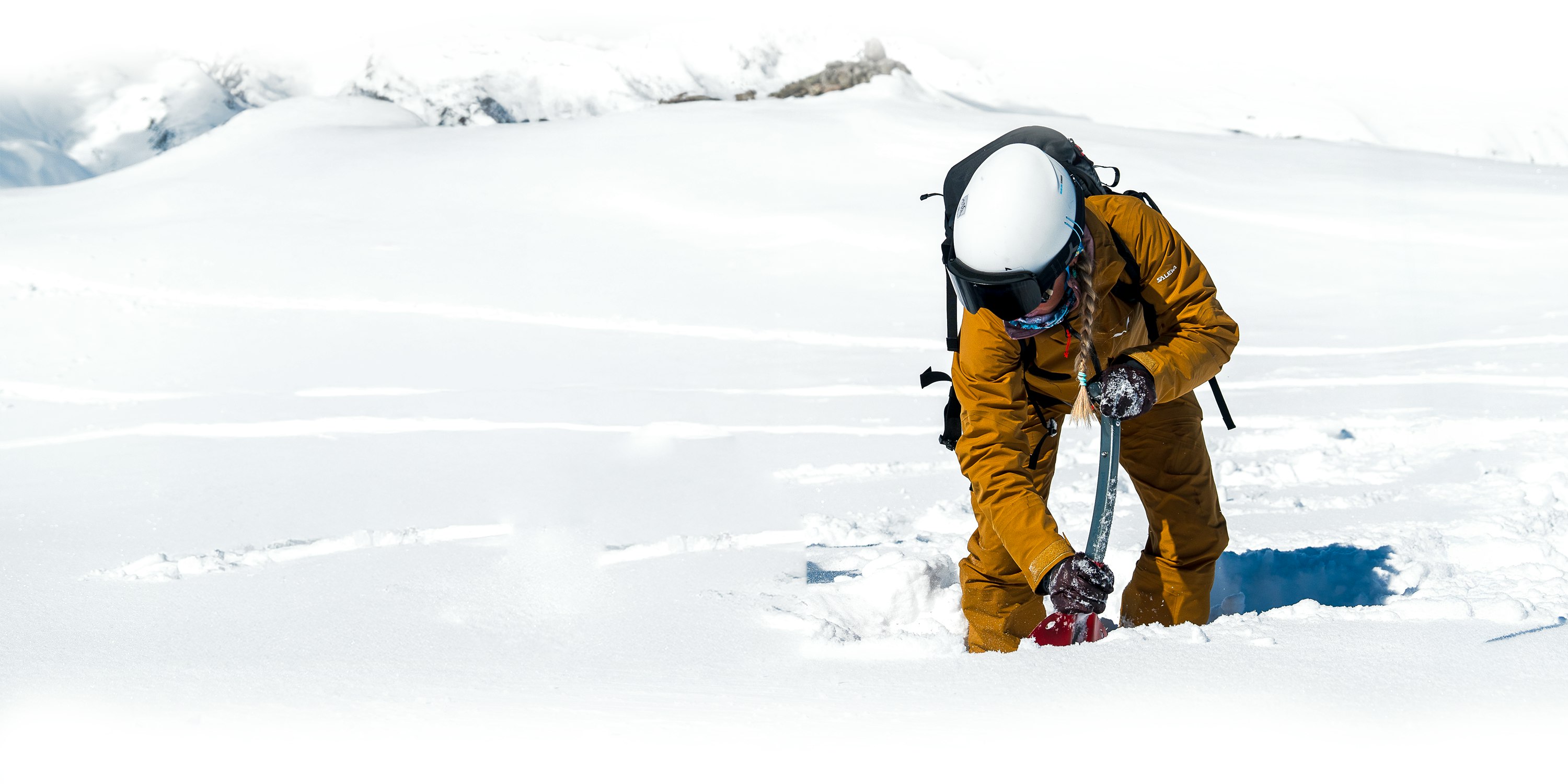
As with all modern safety features in cars, carrying all this equipment and knowing how to use it won’t make you invincible, but it will increase your chances of returning home.
Train, learn, practice. Don’t do it out of fear, but out of respect. For you, for your tour companions, and others out on the mountain. And remember that safety equipment is the one area in ski touring where it pays to carry a little extra weight, partly as other gear is lighter these days, so you can stay light when it comes to your setup and clothing. In any case, a modern airbag backpack, filled with the essentials and carrying your skis, weighs comparatively less than a skimo backpack carrying equivalent gear thirty years ago.
Share this article

